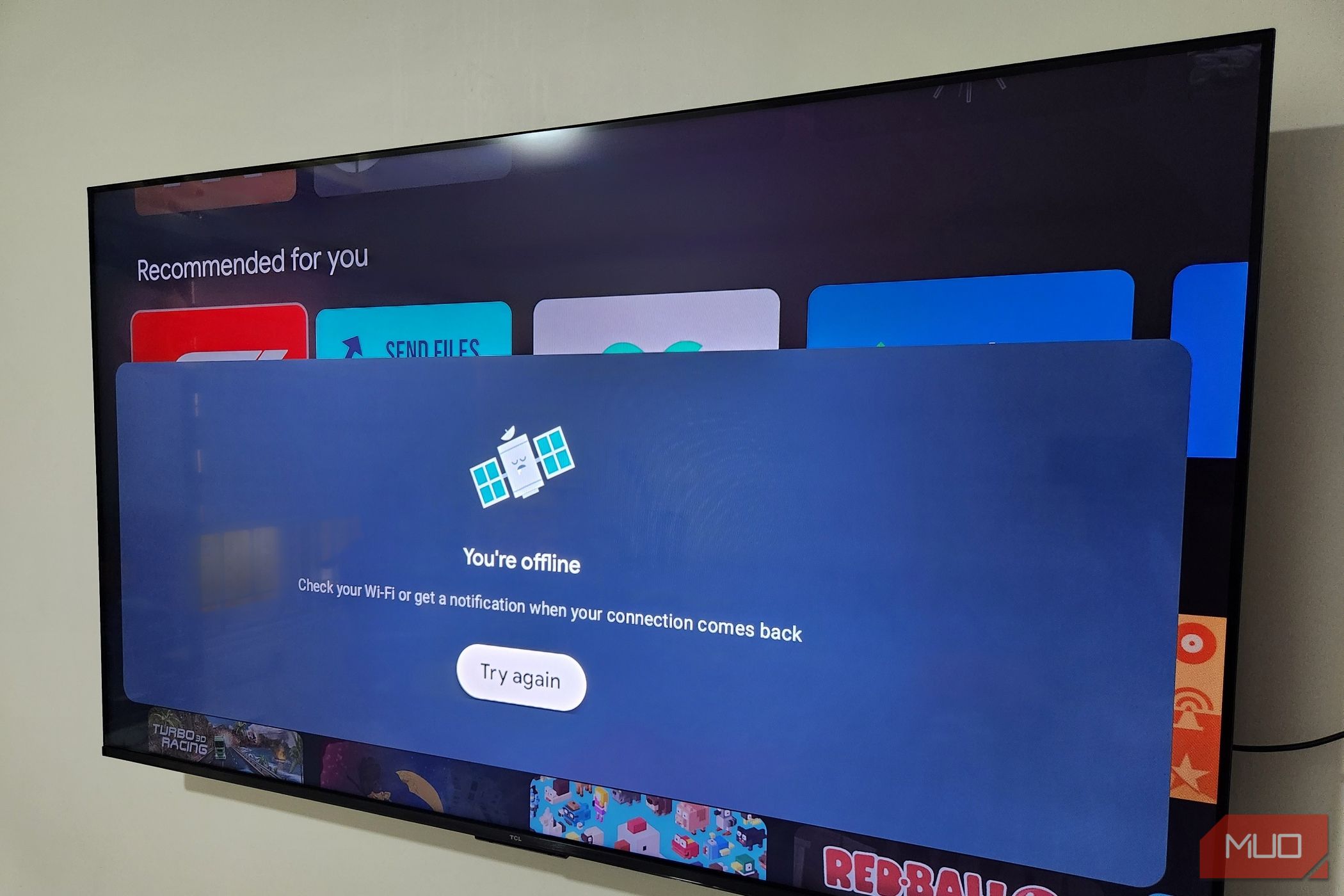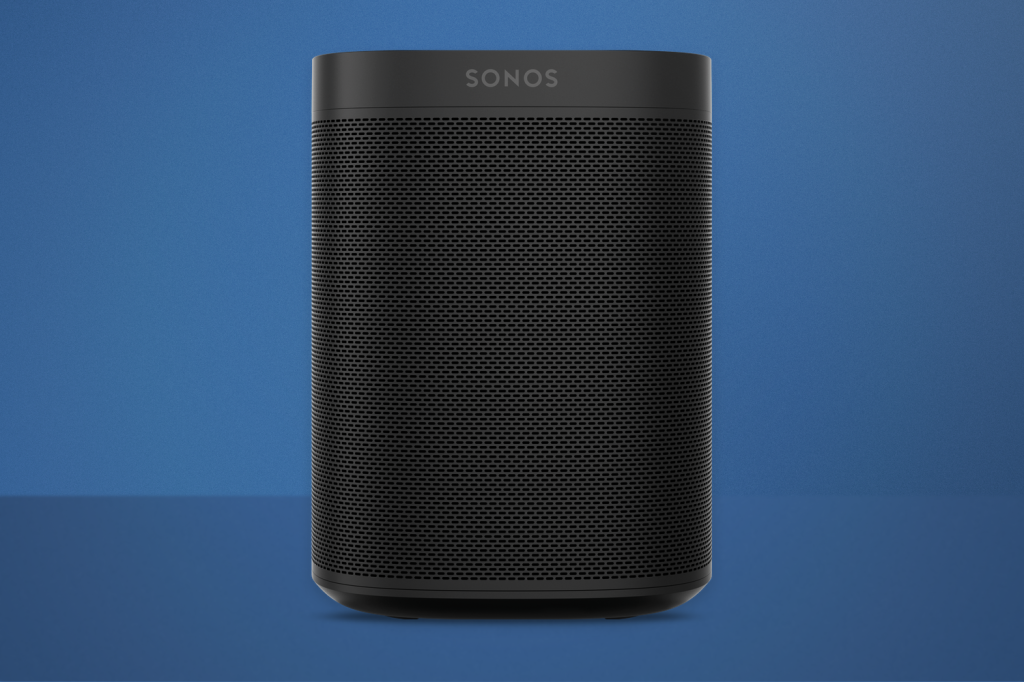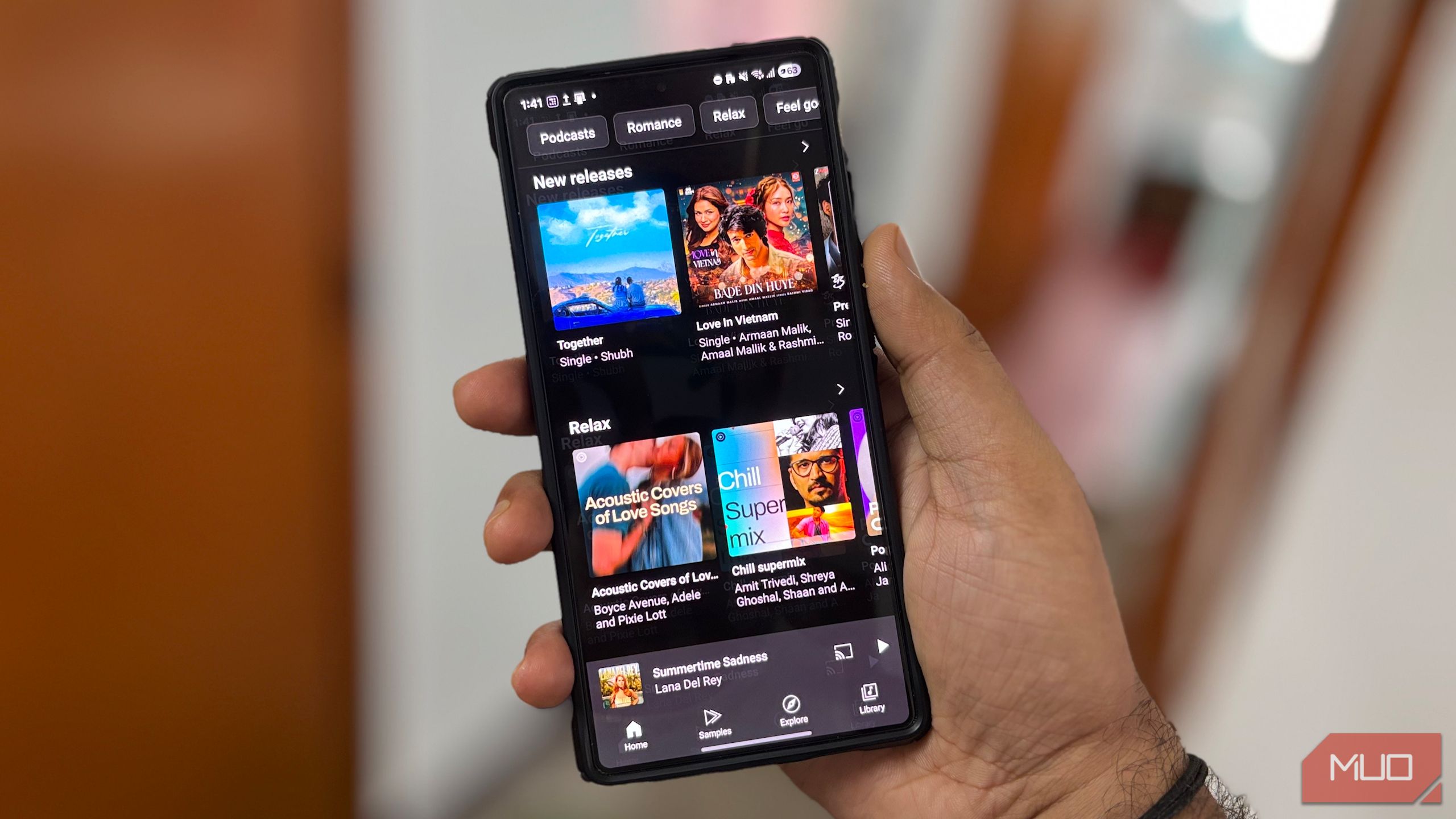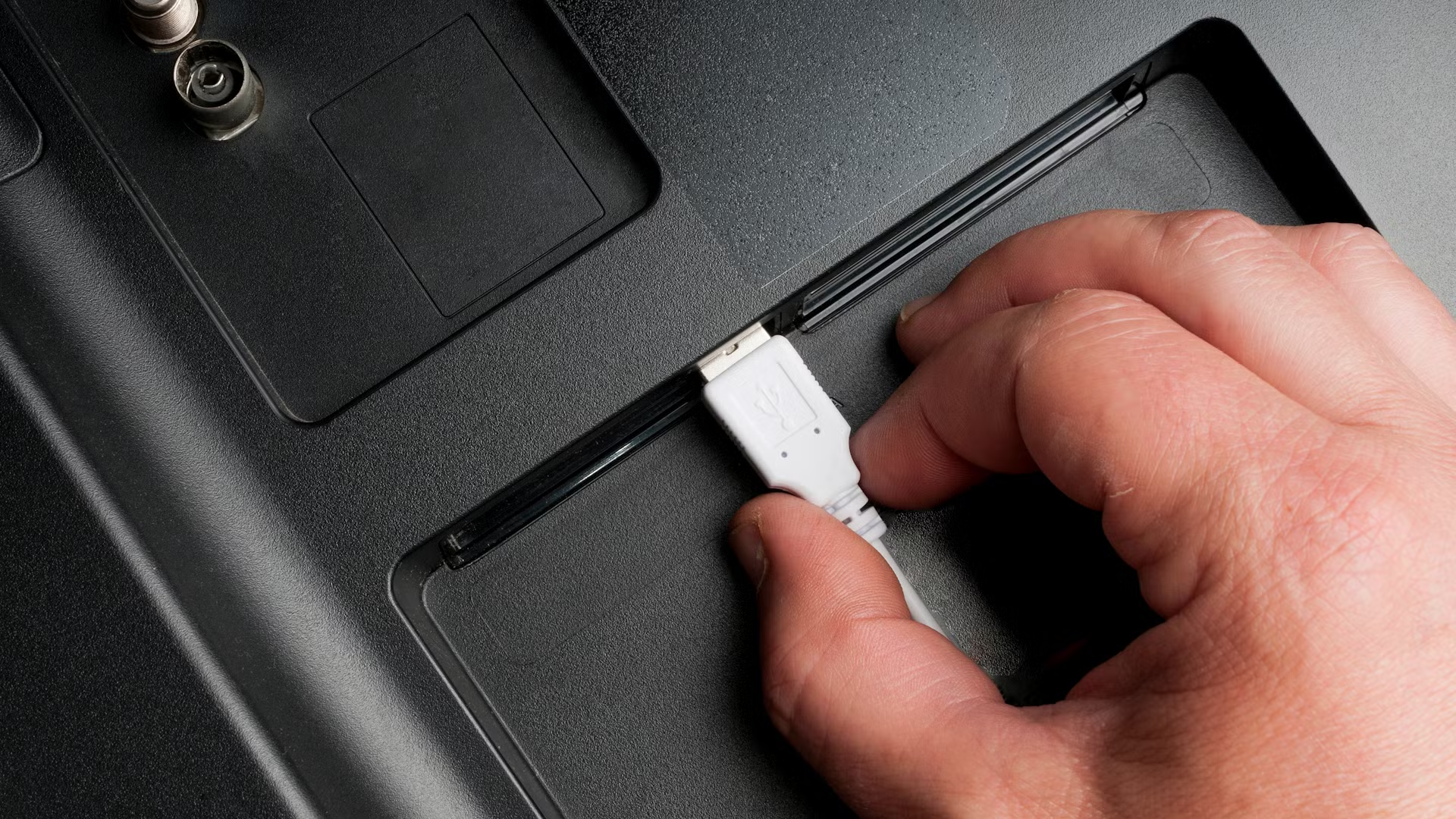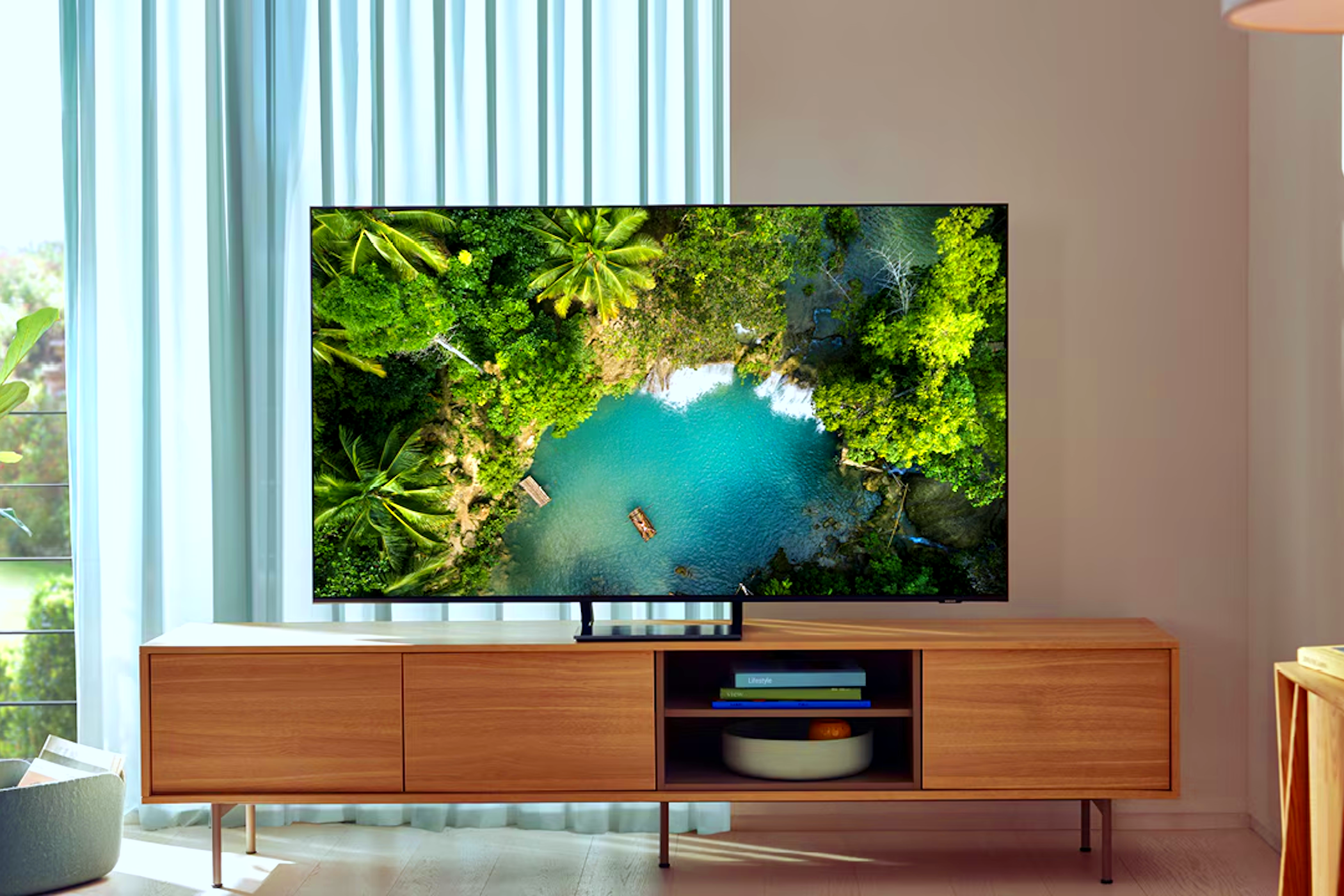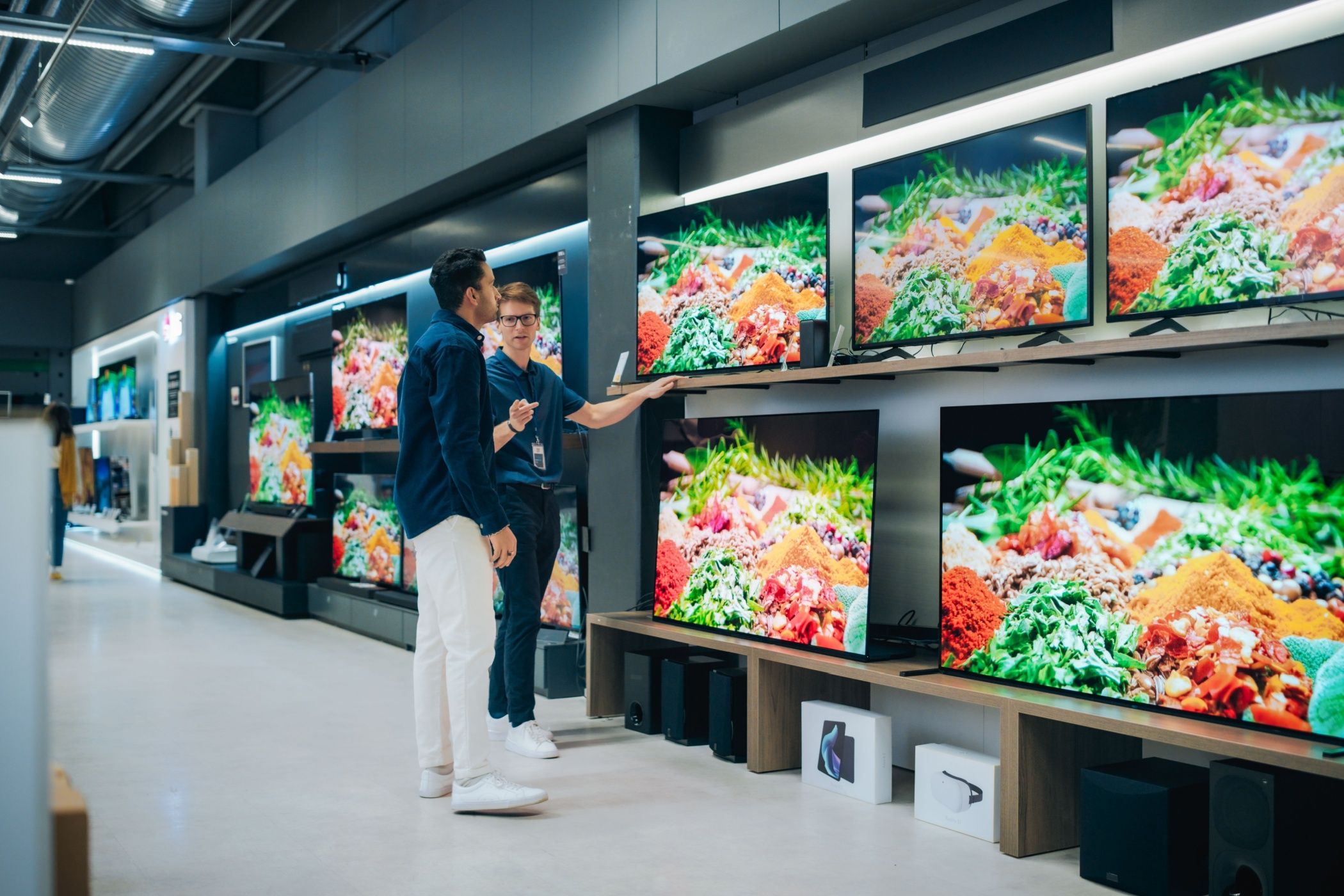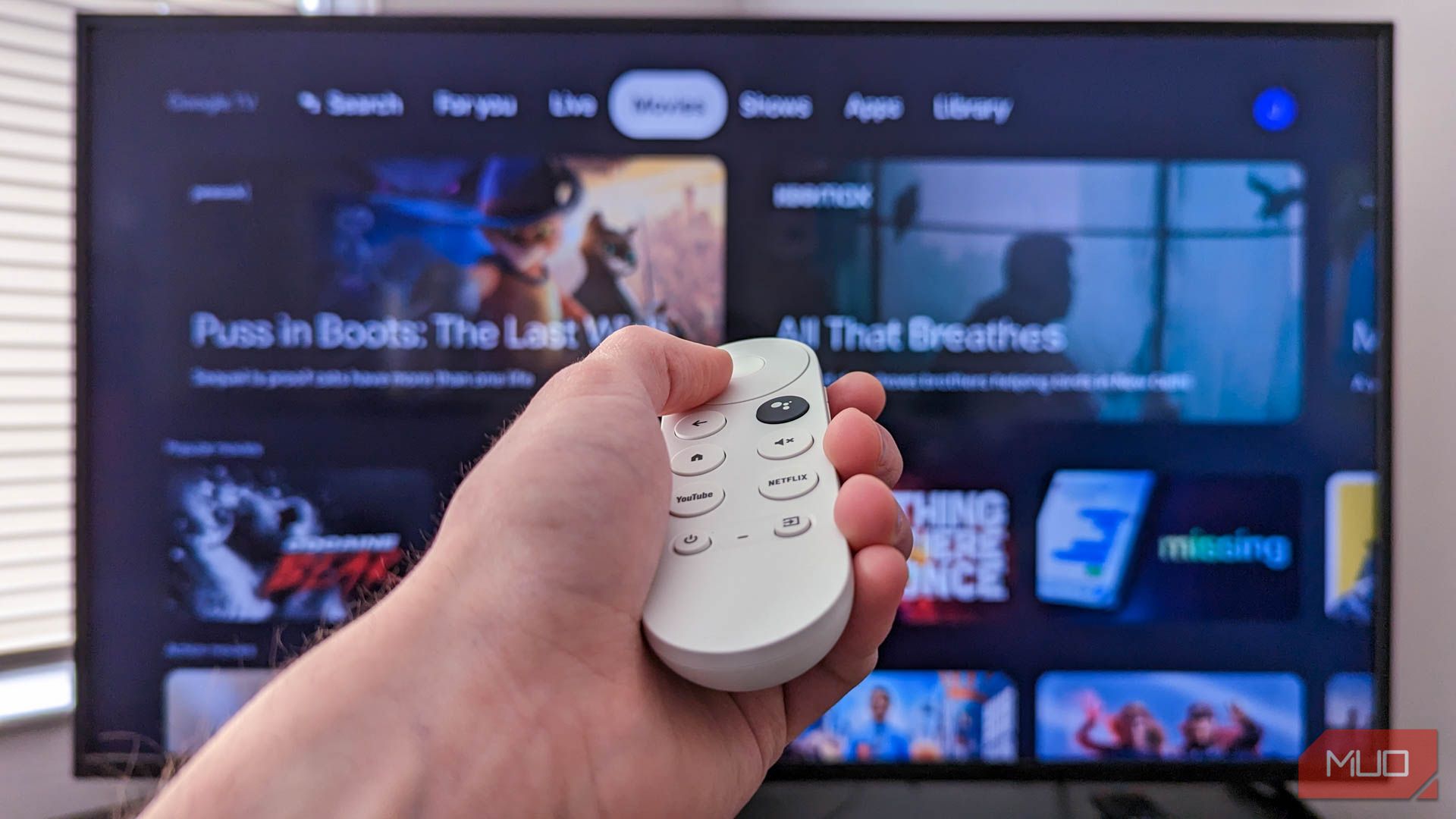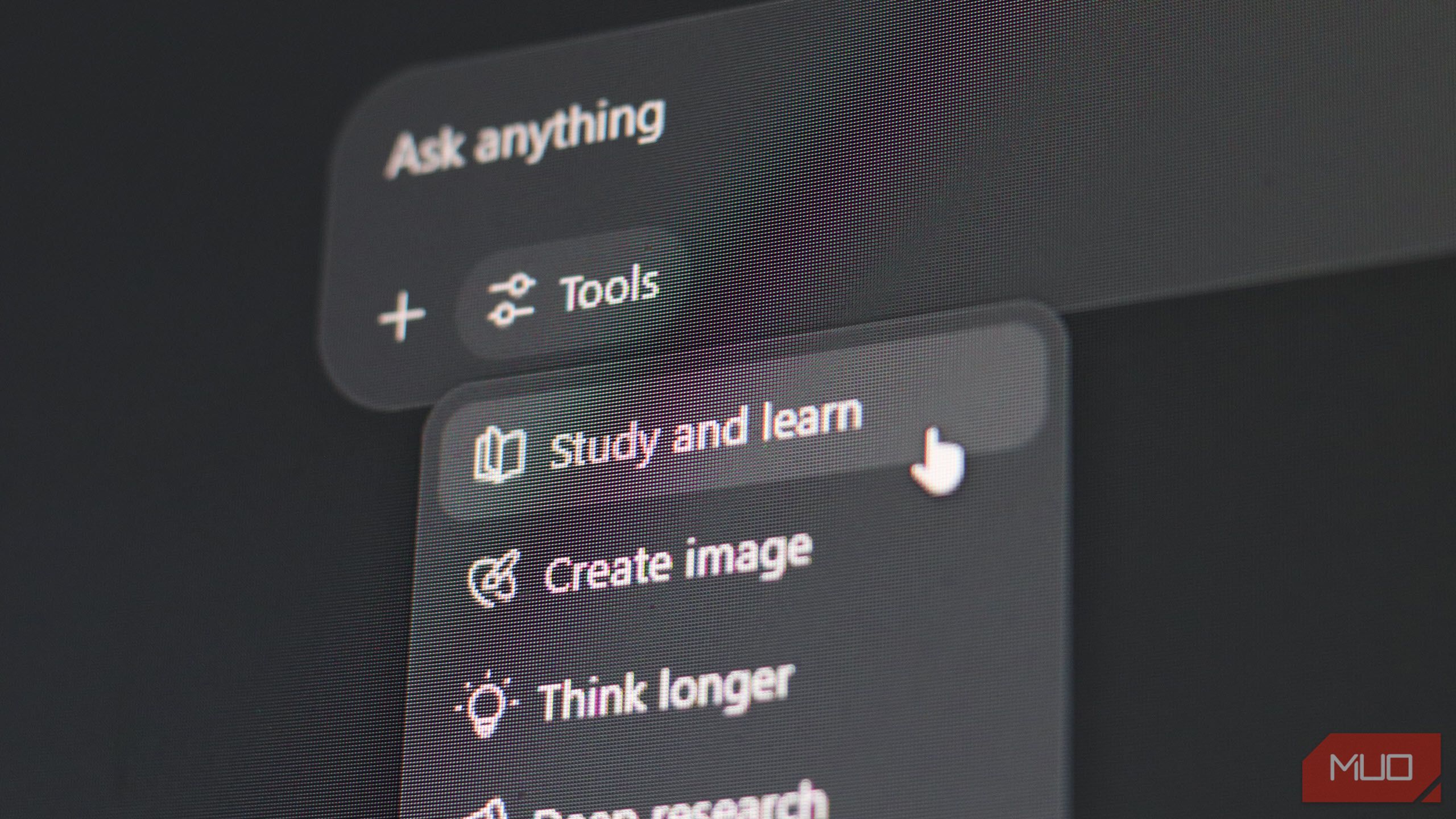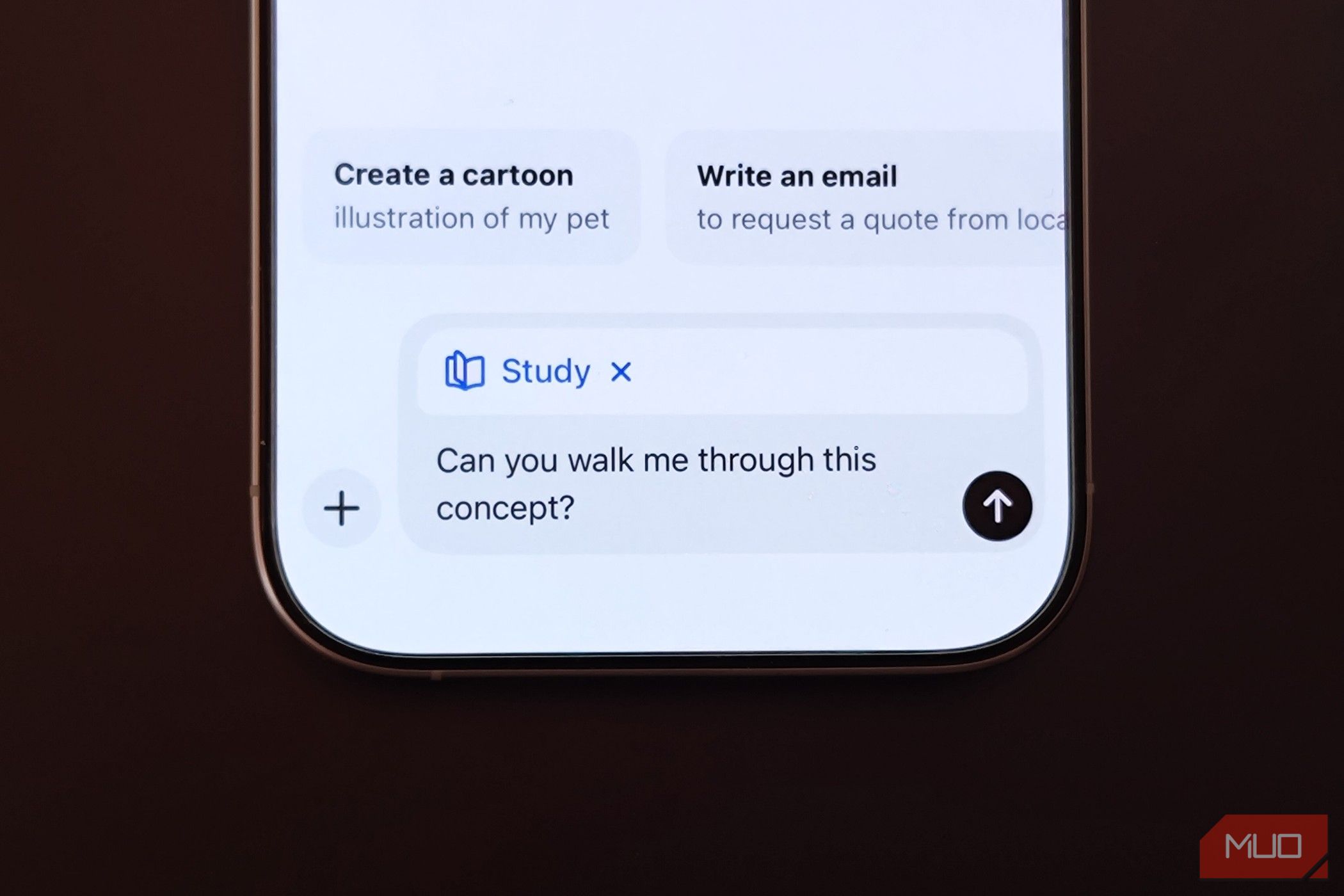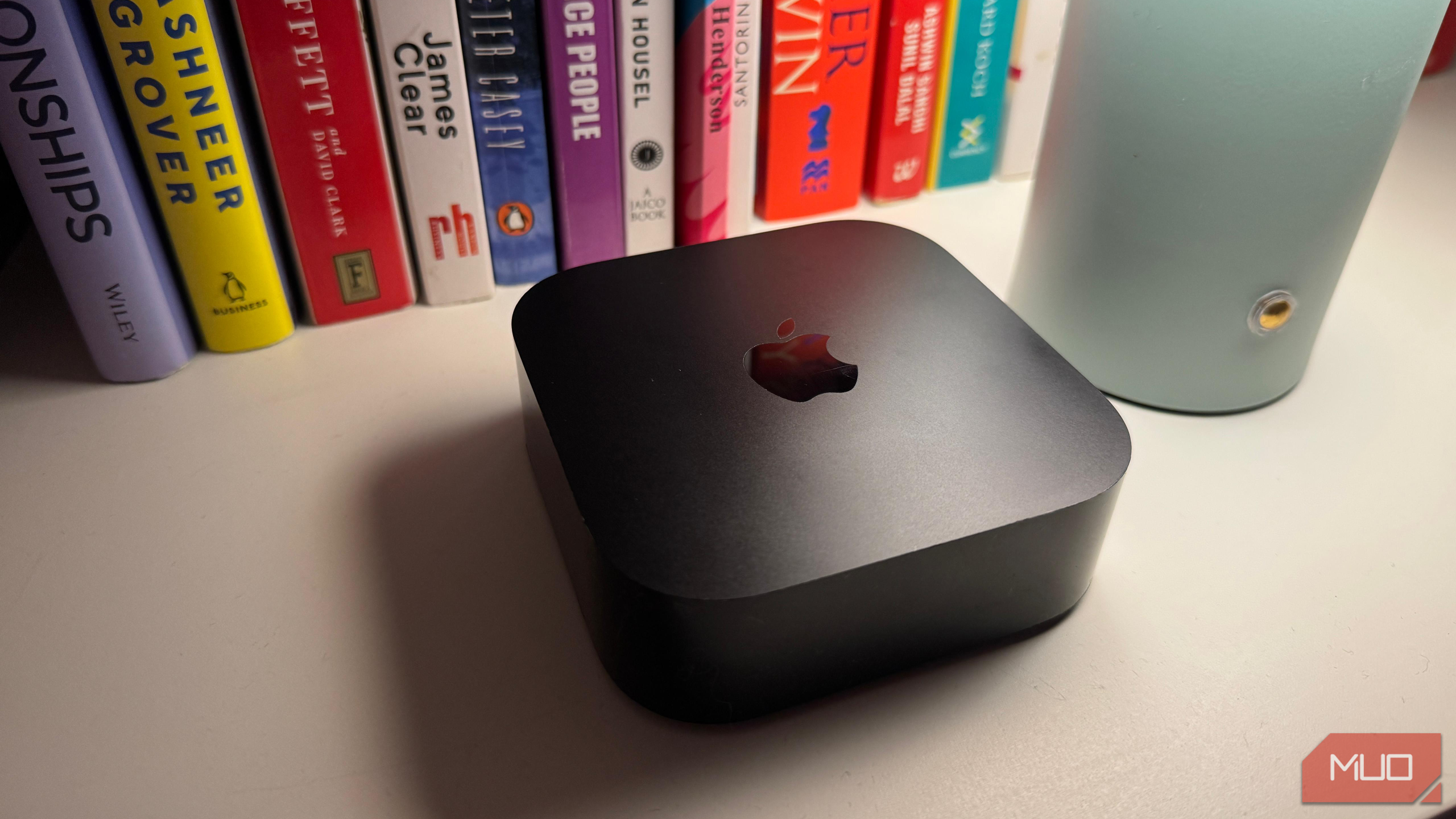Not every budget smart TV is a hidden gem—some are just cheap for a reason. Finding a quality budget-smart TV is harder than it looks unless you know how to cut through the noise and spot the real winners without wasting your money.
5
Supported Smart TV OS
A smart TV’s operating system (OS) significantly impacts your overall user experience. Yet, it’s often overlooked in favor of flashy specs or screen size. The OS determines how smooth the interface feels, how easily you can navigate between apps, and which apps are available. So, before you get that new TV, check which OS is being used.
You might consider Android TV the best smart TV OS, or prefer something else. Regardless, choose one with a vibrant app ecosystem, solid support, and an easy-to-use interface.
However, don’t overthink the built-in OS if you’re open to adding a streaming device. You can get the Roku Streaming Stick Plus, Amazon Fire TV Stick 4K, or Google TV Streamer 4K.
Related
How to Choose the Best Streaming Box for Your Home
With so many streaming box options, finding the perfect match can feel confusing.
4
Available Ports
When evaluating a budget smart TV, it’s easy to focus on the price, picture quality, and other features while forgetting something just as crucial: the available ports. You may not think about it first, but it’s one of the key features to look out for when shopping for a new TV.
A TV’s number and type of ports can seriously affect its flexibility and future-proofing. The ports are especially important if you plan to connect multiple devices, such as a soundbar, gaming console, or Blu-ray player.
At the very least, the smart TV should include HDMI, USB, and Ethernet ports. A good rule of thumb is to look for at least three HDMI ports (even better if one supports ARC or eARC for audio system compatibility), one or two USB ports, and one Ethernet port. Other useful ports include optical audio out or a 3.5mm headphone jack for older audio systems.
3
High Dynamic Range (HDR) Support
Even when buying on a budget, HDR support is an important feature to look for. HDR is no longer a nice-to-have feature in 2025 and beyond because it directly impacts how vibrant and realistic your content looks. It enhances contrast, delivers brighter highlights, and produces more lifelike colors.
That’s why HDR is one of the most advertised features on modern smart TVs, including budget models. Different formats exist, some exclusive to premium models, thus differentiating high-end from basic smart TVs.

Related
What Is HDR TV, and What Are Its Different Formats?
HDR tech doesn’t have to be a confusing mess of acronyms and tech jargon.
For instance, superior HDR formats like Dolby Vision and HDR10+ are only available from a specific price point. Don’t expect that on a budget TV.
2
Check the Brand
The brand behind the screen can tell you a lot about what you’re getting. While big names like Samsung, LG, and Sony typically offer reliable performance even in their lower-end models, newer or lesser-known brands often cut corners to reach those tempting price points.
I’m not saying lesser-known brands are bad. In fact, you’ll often find lower prices from these brands than from established names like LG and Samsung.
Look for brands with a proven track record of good after-sales support, regular software updates, and quality control. When shopping for a new TV, a slightly higher-priced model from one of the best TV brands can save you a lot of frustration.
1
Display Quality
The first thing you should note when buying a TV, whether a budget or a high-end one, is the display specifications. For a budget smart TV, display quality should be your top priority. After all, no amount of smart features or sleek design can compensate for a dull, grainy picture.
Start by ensuring the resolution is at least Full HD (1080p). Don’t settle for anything below that, no matter the price. This might sound like common advice, but it’s surprisingly overlooked. For instance, while writing this article, I spotted several HD (720p) TVs on Amazon with hundreds of ratings.
While 1080p should be your baseline, 4K resolution is becoming increasingly common, even in affordable models. For TVs with 50-inch screens and above, 4K is worth the extra clarity, especially if you’ll be sitting close.
The panel type also plays a crucial role. There are three main options: QLED, OLED, and LED. LED should be the minimum for a budget TV. Avoid basic LCD panels whenever possible. But if you can afford a QLED like the Hisense U6N or TCL Q65, go for it.
When checking the panel type, you may encounter different terms depending on the brand. The key thing to remember is that they’re just variations of the three options with some tweaks.
Choosing a worthwhile budget smart TV means looking beyond flashy marketing and low prices. With some research and focus on the elements discussed, you can find a budget TV that offers excellent value, long-term reliability, and all the features that truly matter for everyday entertainment.

